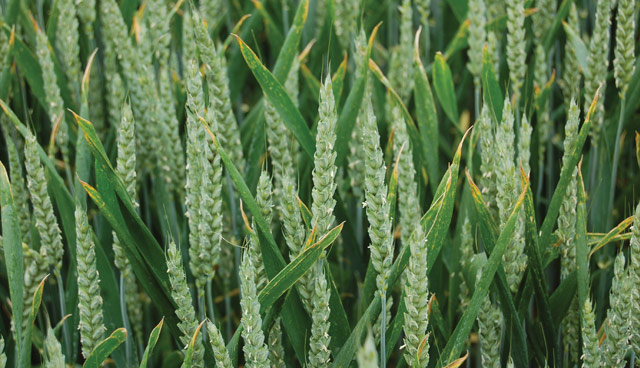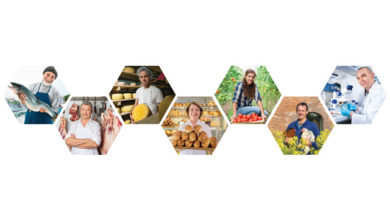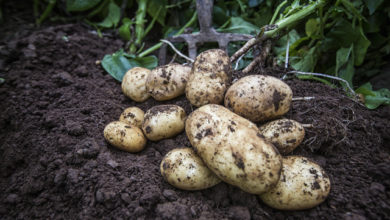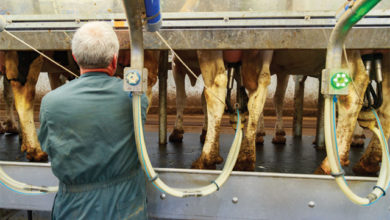Farm incomes fall by almost a quarter

The Department of Agriculture, Environment and Rural Affairs (DAERA) has published the first estimate for farm incomes in 2018. Revealed in the statistics is a 24 per cent real term fall in farm incomes; that cereals are the only farm type expected to show a rise in Farm Business Income for 2018/19 and that direct subsidies from the EU accounted for 80 per cent of total farm income generated in Northern Ireland during the last calendar year.
These initial figures indicate that the ‘Total Income From Farming’ (TIFF) in Northern Ireland fell by 23 per cent (24 per cent in real terms) from £467 million in 2017 to £360 million in 2018.
TIFF represents the return on own labour, management input and own capital invested for all those with an entrepreneurial involvement in farming. It represents farm income measured at the sector level.
Total Gross Output for agriculture in Northern Ireland was 1 per cent higher at £2.13 billion in 2018. There was a 2 per cent increase in the value of output from the livestock sector, while field crops rose by 3 per cent and horticulture was 5 per cent lower. These figures are for the calendar year and therefore they represent the outturn across two harvest years.
The total value of Gross Inputs increased by 8 per cent in 2018 to £1.58 billion. Specifically, feedstuff costs, which accounted for 55 per cent of the total Gross Input estimate, rose by 13 per cent to £867 million in 2018.
Dairying remains the largest contributor to the total value of Gross Output at £680 million in 2018; a rise of 3 per cent. Between 2017 and 2018 the volume of raw milk produced in Northern Ireland increased by 3 per cent to 2.3 billion litres.
The output value of cattle was 1 per cent higher at £467 million in 2018. The total number of animals slaughtered increased by 2 per cent in 2018, whereas, the average carcass weights for both clean and cull animals were 1 per cent higher. These increases resulted in the volume of meat produced being 2 per cent higher in 2018.
The value of output from sheep increased by 8 per cent to £78 million in 2018. The total number of sheep slaughtered decreased by 2 per cent in 2018 whereas the average carcass weight remained unchanged at 22 kilograms. This resulted in the volume of sheep meat produced being 2 per cent lower in 2018.
In addition to the changes in meat volumes and prices, there was also an upward movement in stocks that contributed to the increased output value for 2018.
There were increases in the values of output in two of the three intensive livestock sectors during 2018, with the poultry sector improving by 5 per cent to £281 million and the egg sector growing by 3 per cent to £107 million. The value of pig output reduced by 5 per cent to £159 million. All three sectors recorded an increase in production volumes, with eggs up by 7 per cent, poultry up by 4 per cent and pigs up by 3 per cent compared with the previous year.
Field crops
The total output value for field crops increased by 3 per cent in 2018 to £66 million. This was as a result of increases in prices for barley, wheat and oats. Values across a calendar year reflect two harvests. The value of output of potatoes in 2018 decreased by 9 per cent to £21 million. This was due to a decrease in potato production as a result of both lower area grown and lower yield achieved in 2018. The value of output for barley increased by 24 per cent to £22 million and the output value of wheat decreased by 20 per cent to £9 million.
The estimated value of the 2018 direct subsidies (Basic, Greening and Young Farmer payments) was £286 million, representing a decrease of 0.6 per cent, when compared with the 2017 payments. This means that direct subsidies from the EU accounted for 80 per cent of the total farm income generated in Northern Ireland during the last calendar year.
Farm Business Income is also expected to fall (by varying amounts) for dairy, cattle and sheep (LFA), cattle and sheep (lowland), pigs and mixed farm types between 2017/18 and 2018/19. For all these farm types with the exception of pigs, the downturn in their incomes is mainly attributed to higher feed costs in the 2018/19 accounting year.
The downturn in incomes for pig farms is due to both lower pig prices and higher feed prices in 2018/19. The results also show that cereals are the only farm type expected to show a rise in Farm Business Income for 2018/19 when compared with the previous year. The upturn in incomes for cereal farms is due to higher grain and straw prices in the 2018/19 accounting year.





